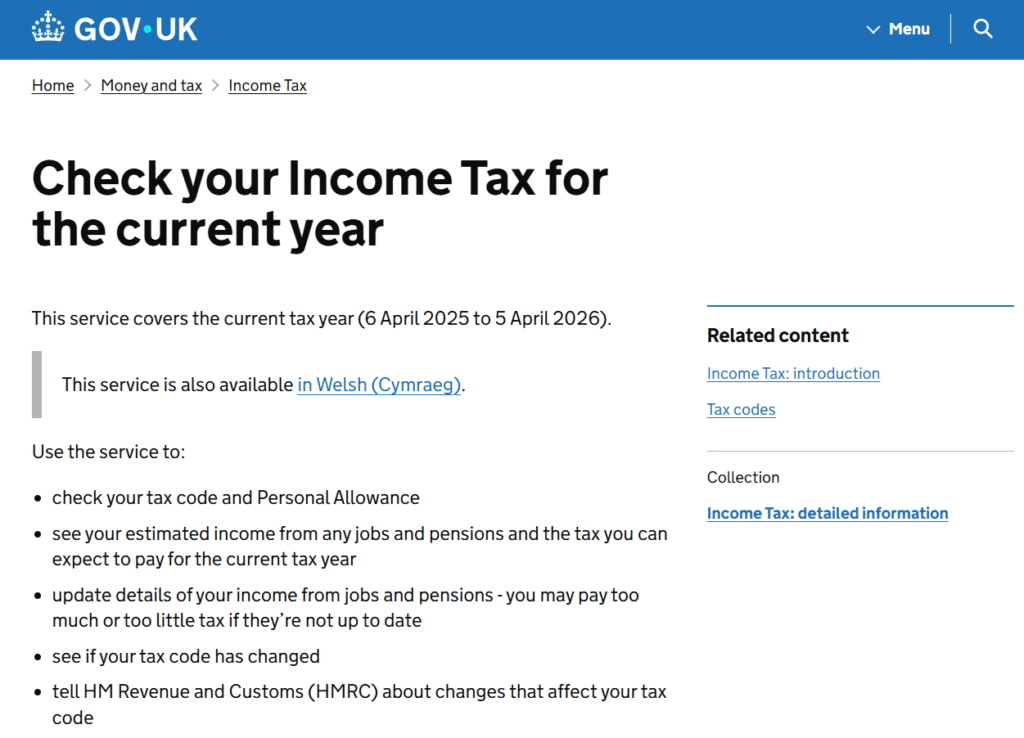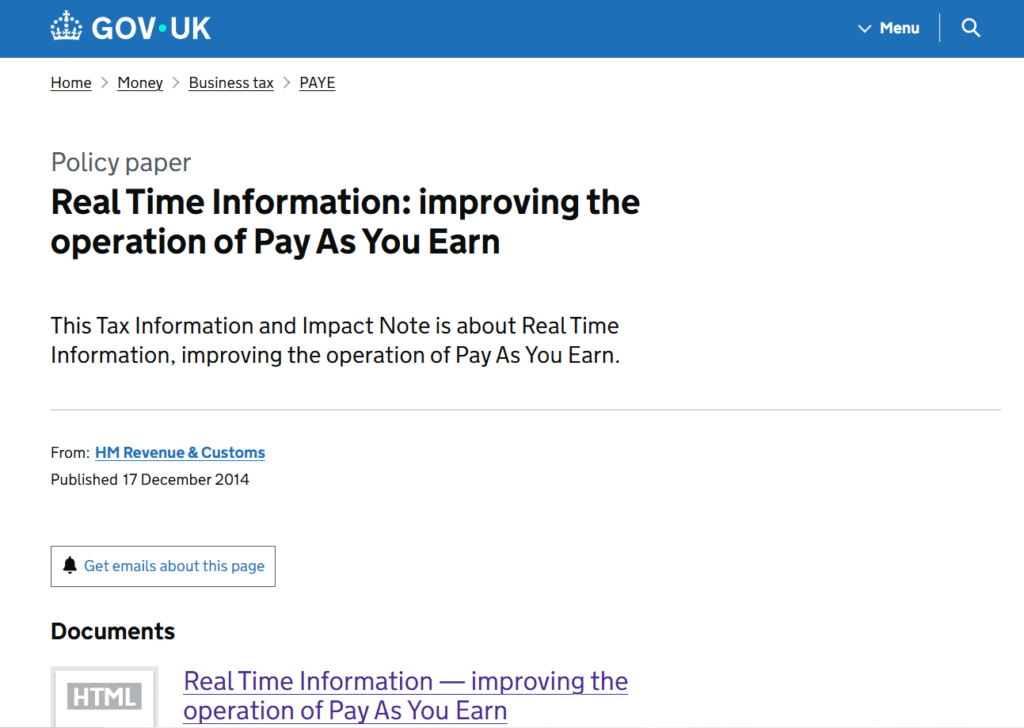HMRC P9 Notice – Complete Guide to Annual Tax Code Notices, How Employers Apply P9 Codes, and What Employees Need to Know
Understanding the HMRC P9 Notice
The P9 Notice is an official HMRC notification sent to employers shortly before the start of a new tax year. It tells employers which tax code they must apply for each employee from 6 April onwards. Unlike the P6 (which updates tax codes during the tax year), the P9 is HMRC’s start-of-year instruction.
Every year, around late February to early April, employers receive P9 tax code notices electronically. These instructions are essential for ensuring correct PAYE (Pay As You Earn) deductions for the new tax year.
This comprehensive guide explains:
-
What a P9 notice is
-
Why HMRC issues it
-
How it works under RTI
-
How employers must apply P9 codes
-
How employees can understand changes
-
What happens if a P9 is ignored
-
How to fix tax code errors
-
How Audit Consulting Group helps employers and employees
What Is an HMRC P9 Notice?
The P9 Notice is HMRC’s instruction to employers showing:
-
Each employee’s new tax code for the upcoming tax year
-
Whether the code is cumulative or Week 1/Month 1
-
Adjustments for allowances or deductions (e.g., marriage allowance, benefits in kind, underpayments)
-
National Insurance category changes (in some cases)
Employers must use these new tax codes from the first payroll on or after 6 April.
The P9 is essentially the “start of year” equivalent of the P6.
P9 vs P6 – What’s the Difference?
Employers often confuse the two. Here is the simple breakdown:
| Notice | Purpose | Timing |
|---|---|---|
| P9 | Gives tax code for the new tax year | March–April |
| P6 | Updates tax code during the tax year | Anytime as needed |
| P45 | Used when employee leaves | At employment end |
| P2 | Tax code notice sent to the employee | Anytime |
| Starter Checklist | New starter without P45 | Employment start |
The P9 only affects tax codes from 6 April onward.
When Do Employers Receive the P9 Notice?
P9 notices are usually issued:
-
Between late February and early April
-
Before the first payroll of the new tax year
-
More than once if updates occur before 6 April
They are sent electronically through:
-
HMRC PAYE Online
https://www.gov.uk/paye-online -
Payroll software (via RTI)
-
HMRC Data Provisioning Service
Most employers receive P9 notices entirely digitally.
How HMRC Decides a P9 Tax Code
HMRC calculates P9 tax codes based on:
-
Personal Allowance for the new year
-
Employee’s income from all jobs
-
Benefits in kind (from P11D)
-
Deductions for underpayments
-
Marriage Allowance transfers
-
Blind Person’s Allowance
-
Tax refunds from earlier years
-
Pension income
-
Job expenses
-
Estimated income levels
-
Tax relief claims
Because the P9 is sent before the year begins, HMRC uses the information it has at that moment.
What a P9 Notice Looks Like (Information Included)
A typical P9 includes:
-
Employee name
-
National Insurance number
-
Tax code for the new tax year (e.g., 1257L, K codes, BR, D0, NT)
-
Indicator for cumulative or W1/M1
-
Employer PAYE reference
-
Notes or adjustments
-
Student loan flags (in some cases)
-
Underpayment collection for previous years
For most employees, the P9 simply updates their personal allowance.
Why the P9 Matters (For Employers & Employees)
For Employers:
The P9 ensures:
-
Correct PAYE deductions
-
Compliance with HMRC
-
Accurate payroll from Day 1 of the tax year
If the P9 is ignored:
-
PAYE errors occur
-
Employees are taxed incorrectly
-
Employer risks penalties
-
HMRC may open a compliance check
For Employees:
The P9:
-
Determines how much tax is deducted
-
Impacts take-home pay
-
Affects eligibility for refunds or benefits
-
May resolve or create tax code issues
Most people see their new tax code on their April payslip.
Common Reasons Tax Codes Change on a P9
HMRC issues new tax codes for reasons including:
Increase in Personal Allowance
Most years, the allowance changes — automatically updating tax codes.
Marriage Allowance
If you transfer or receive a portion of a partner’s allowance.
Benefits in Kind
Cars, medical insurance, fuel cards, etc.
Pension income
Private pensions affect tax codes.
Underpayments
Collected through K codes or code reductions.
Job expenses / reliefs
Uniform allowance, travel expenses, etc.
Change in income
HMRC adjusts allowances based on estimated income.
Change in student loan status
(Occasionally included in modern notices.)
How the P9 Works Under RTI (Real Time Information)
Before RTI, employers received P9s by post.
Under RTI:
-
P9 notices are delivered digitally
-
Tax code changes are automatically imported into payroll systems
-
FPS submissions confirm the update
-
HMRC instantly recalculates liabilities
RTI significantly reduced tax code errors — but mistakes still happen.
Employer Responsibilities When Receiving a P9 Notice
Employers MUST:
1. Review the P9 notice
In PAYE Online or payroll software.
2. Update the tax code before first April payroll
This is mandatory.
3. Apply the tax code exactly as shown
Including:
-
Cumulative or W1/M1
-
Prefixes (S, C) for Scotland/Wales
-
K codes
-
BR, D0, D1 rates
4. Ensure all employees appear
Missing employees must be investigated.
5. Run April payroll with the updated codes
6. Submit the FPS with the new codes
7. Keep P9 records
For at least 3 years.
Failure to comply can result in penalties.
Employee Rights Connected to P9 Notices
Employees have the right to:
-
Know their tax code
-
Challenge incorrect tax codes
-
Receive tax refunds if overpaid
-
Ask employer for clarification
-
Contact HMRC for corrections
Employees should check:
-
First April payslip
-
HMRC Personal Tax Account
https://www.gov.uk/personal-tax-account
How Employees Can Fix Incorrect P9 Codes
Employees can correct tax codes via:
HMRC Personal Tax Account
https://www.gov.uk/check-income-tax-current-year
Calling HMRC: 0300 200 3300
Updating details for:
-
Second jobs
-
Pension income
-
Benefits in kind
-
Marriage allowance
-
Working from home relief
-
Change in income
If HMRC agrees, they will send a P6 to update the code mid-year.
Issues Caused by Incorrect or Missed P9 Notices
For Employers:
-
Payroll non-compliance
-
Extra PAYE liabilities
-
HMRC penalties
-
Incorrect FPS submissions
-
Employee disputes
-
RTI mismatch errors
For Employees:
-
Overpaid tax
-
Underpaid tax
-
Incorrect student loan deductions
-
Unexpected reduction in salary
-
Inaccurate tax estimates
-
Delayed refunds
Audit Consulting Group solves these issues daily.
How to Access P9 Notices
Employers can access P9 notices via:
1. HMRC PAYE Online
https://www.gov.uk/paye-online
2. Payroll software
Most software imports P9 notices automatically:
-
Sage
-
Xero
-
BrightPay
-
Moneysoft
-
QuickBooks Payroll
-
IRIS
-
FreeAgent
3. Data Provisioning Service (DPS)
Used by larger employers.
Correcting Mistakes Caused by P9 Notices
Employer Fix:
-
Apply correct code
-
Re-run payroll
-
Submit FPS corrections
-
Provide corrected payslips
Employee Fix:
-
Contact HMRC
-
Provide updated information
-
Request review of tax code
HMRC Fix:
-
Issue a P6 notice
-
Update PAYE records
Audit Consulting Group assists with all corrections.
Examples of P9-Triggered Tax Codes
1257L
Standard for most employees.
1257L W1/M1
Temporary non-cumulative.
K Codes
Collect unpaid tax or benefits.
Example: K318.
BR
Taxed at basic rate (usually second job).
D0 / D1
Higher-rate tax.
NT
No tax deducted (rare).
C1257L / S1257L
Wales / Scotland tax codes.
If a code appears unexpected, a professional review may be needed.
Case Studies
Case Study 1 – Incorrect P9 Code
Client: Logistics firm, Birmingham
Issue: Employee incorrectly received BR on P9.
Solution: We corrected their code through HMRC and reprocessed payroll.
Case Study 2 – Missed P9 Notice
Client: Hospitality chain in Bristol
Issue: Payroll missed P9 notices for 11 employees.
Outcome: We corrected all submissions and HMRC accepted adjustments.
Case Study 3 – Marriage Allowance Not Applied
Client: Employee in Edinburgh
Issue: P9 failed to show allowance.
Outcome: We contacted HMRC; P6 issued automatically.
Case Study 4 – Employer RTI Errors
Small business ignored P9 changes → £3,900 underpayment.
We corrected their payroll and negotiated with HMRC.
Frequently Asked Questions (FAQ)
Q1: What is a P9 notice?
A tax code notice for the new tax year, sent to employers.
Q2: Do employees receive P9 notices?
No — employees receive a P2.
Q3: When do employers get P9 notices?
Between late February and early April.
Q4: What happens if the P9 isn’t applied?
Tax deductions will be incorrect until corrected.
Q5: Does every employee get a new P9 each year?
No — only employees whose tax code changes.
Q6: Can a P9 be wrong?
Yes — employees often need to update information.
Q7: How are P9 codes corrected?
HMRC issues a P6 mid-year if changes are needed.
Official GOV.UK guidance:
https://www.gov.uk/government/publications/real-time-information-improving-the-operation-of-pay-as-you-earn







